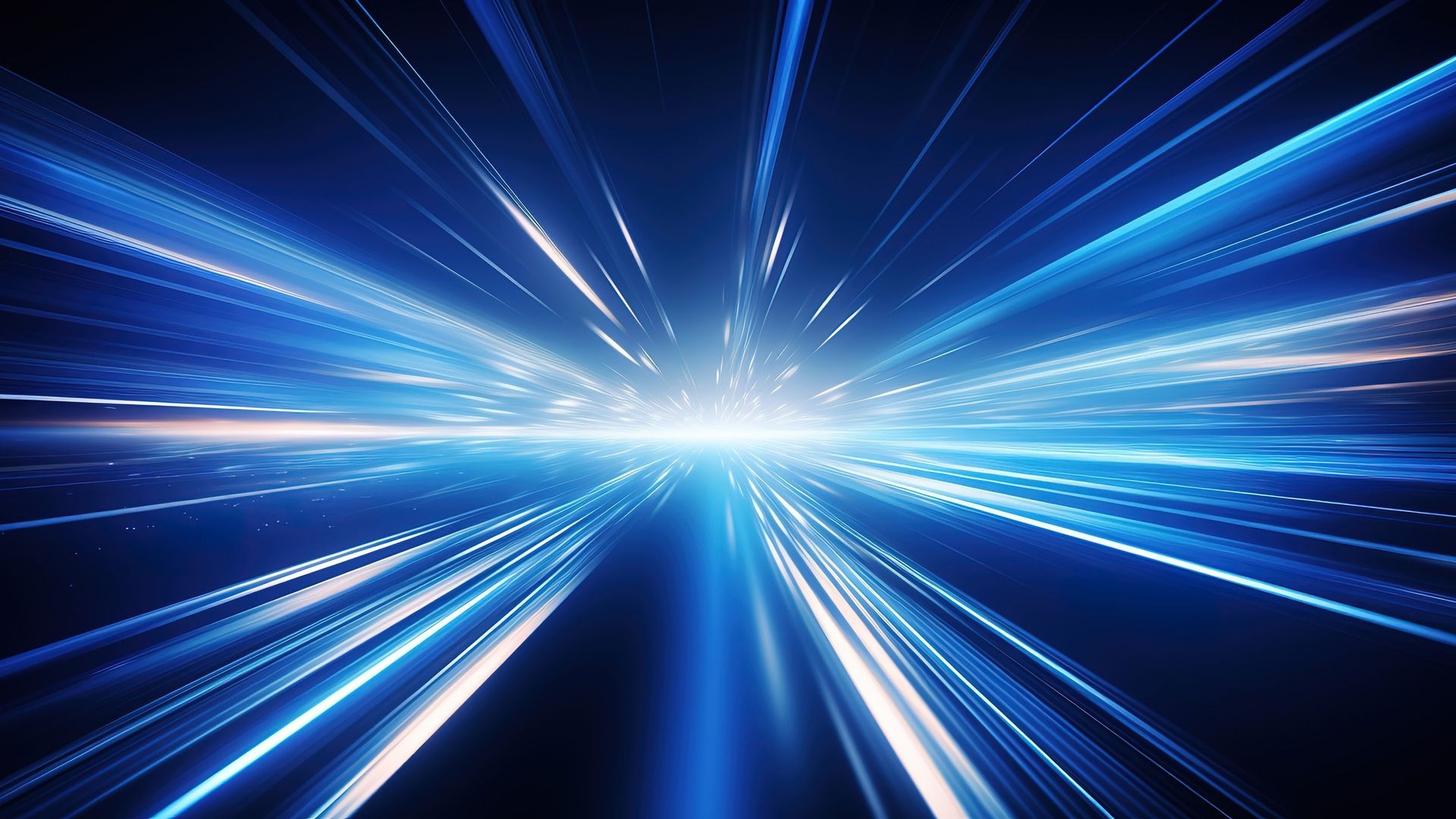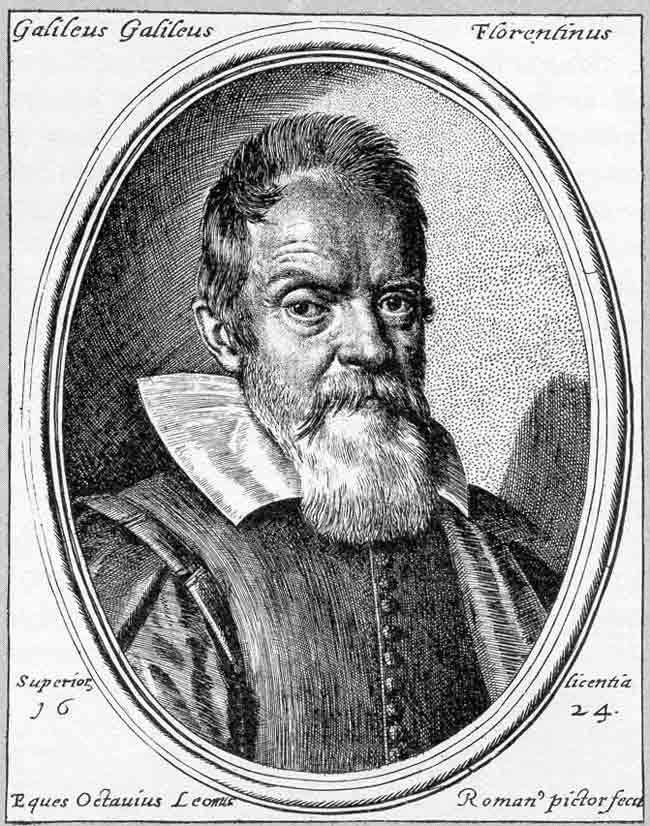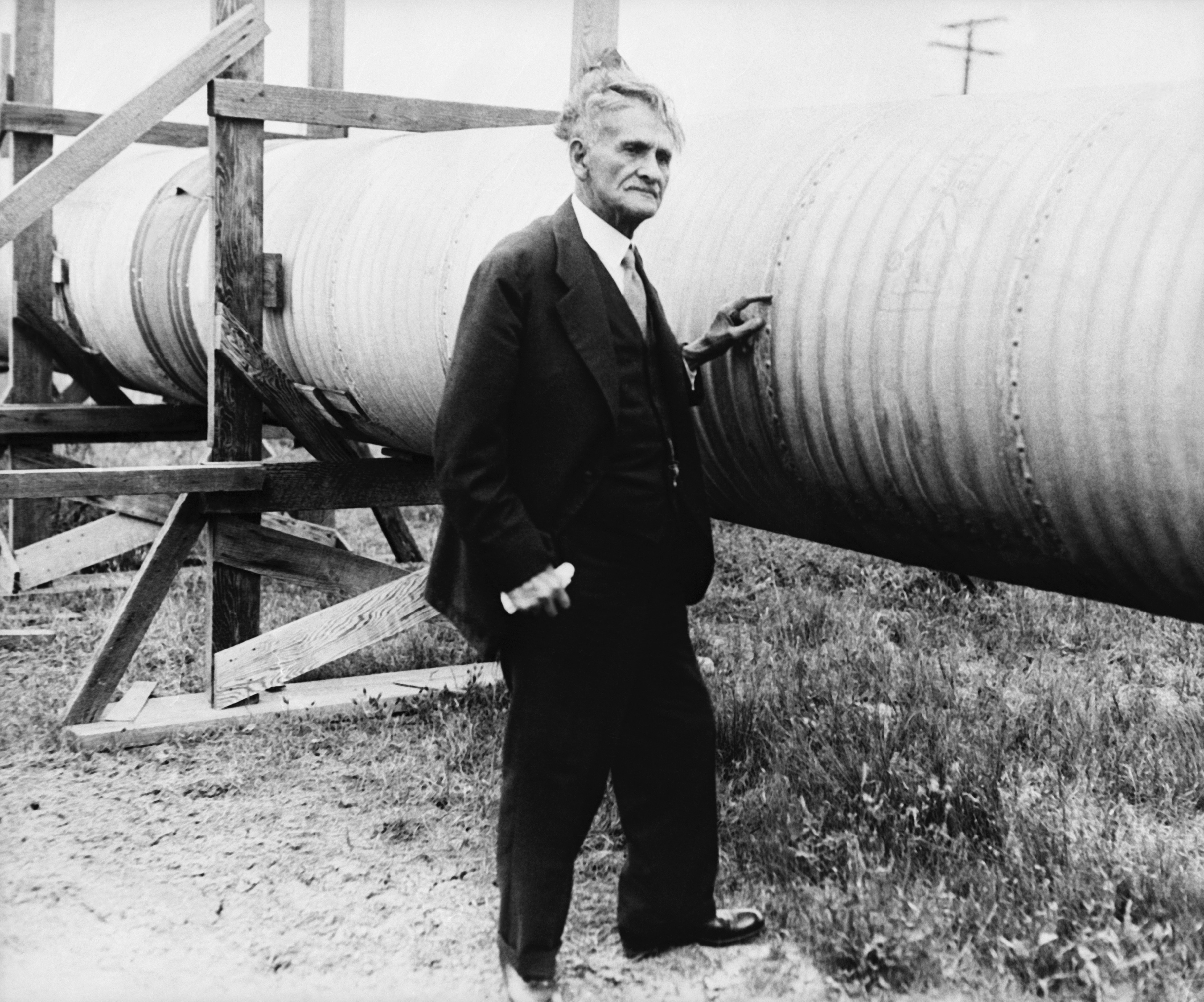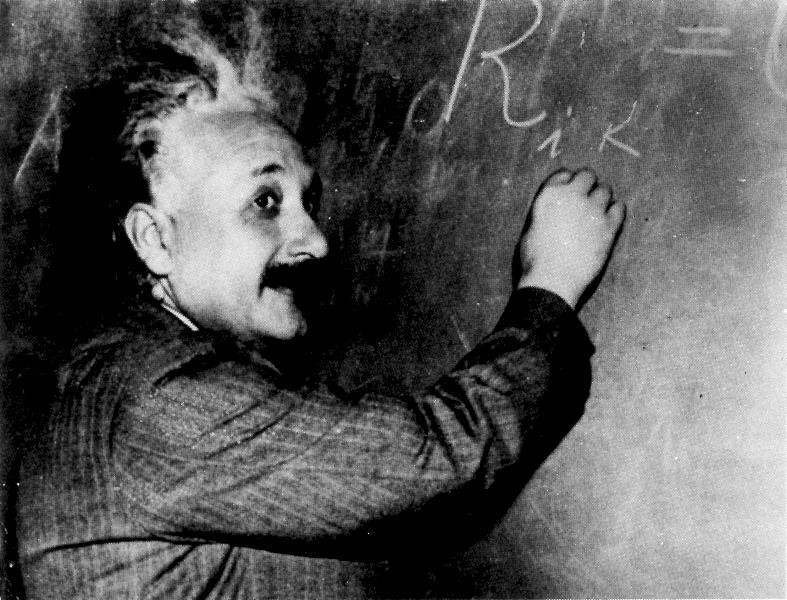Are you curious about How Fast Light Travels? The speed of light, a fundamental constant in the universe, plays a crucial role in various scientific fields, including physics and astronomy. Join SIXT.VN as we explore this fascinating topic and uncover the mysteries of light speed, offering insights that will illuminate your understanding of the cosmos and beyond. Plus, discover how SIXT.VN can make your travel experiences in Vietnam seamless and enlightening.
1. What is the Speed of Light?
The speed of light in a vacuum is exactly 299,792,458 meters per second (approximately 186,282 miles per second). This universal constant, denoted as “c” in equations, represents the speed limit for anything in the universe, according to Einstein’s theory of special relativity.
1.1 The Speed of Light as a Universal Constant
Einstein’s theory of special relativity posits that nothing can travel faster than light. As matter approaches the speed of light, its mass becomes infinite, thus preventing it from reaching or exceeding this limit. The speed of light is so immutable that it is used to define international standard measurements like the meter, kilogram, and Kelvin.
1.2 Defining Distance with Light-Years
A light-year is the distance light travels in one year, approximately 6 trillion miles (10 trillion kilometers). Astronomers and physicists use light-years to measure vast distances across the universe. For example, light from the moon reaches our eyes in about 1 second, making the moon about 1 light-second away. Sunlight takes about 8 minutes to reach us, so the sun is about 8 light minutes away.
 Abstract, futuristic image of blue light streaks radiating outward, giving the impression of rapid movement or traveling at high speed, inspired by the concept of faster-than-light travel
Abstract, futuristic image of blue light streaks radiating outward, giving the impression of rapid movement or traveling at high speed, inspired by the concept of faster-than-light travel
2. Why is Understanding the Speed of Light Important?
Understanding the speed of light is essential for several reasons. It helps us understand the universe’s history and the vast distances between celestial objects. It also has practical applications in technology and navigation.
2.1 Peering into the Past
When astronomers study distant objects, they are observing light that shows these objects as they existed when the light left them. This principle allows scientists to see the universe as it looked soon after the Big Bang, approximately 13.8 billion years ago. Objects 10 billion light-years away appear as they were 10 billion years ago, offering a glimpse into the early universe.
2.2 Applications in Modern Technology
The speed of light is crucial in developing technologies such as fiber optics, satellite communications, and GPS systems. These technologies rely on the precise measurement and control of light’s speed to function effectively.
3. Experts Answer Your Questions About the Speed of Light
To delve deeper into this topic, we consulted Dr. Rob Zellem, a staff scientist at NASA’s Jet Propulsion Laboratory, to answer some frequently asked questions about the speed of light.
3.1 What is Faster Than the Speed of Light?
According to Einstein’s theory of relativity, nothing can travel faster than the speed of light. Light is a “universal speed limit” at 300,000 kilometers per second (186,000 miles per second).
3.2 Is the Speed of Light Constant?
The speed of light is a universal constant in a vacuum. However, it can slow down when it passes through an absorbing medium like water (225,000 kilometers per second) or glass (200,000 kilometers per second).
3.3 Who Discovered the Speed of Light?
One of the first measurements of the speed of light was made by Ole Rømer in 1676, who observed the moons of Jupiter. The speed of light was first measured to high precision in 1879 by the Michelson-Morley Experiment.
3.4 How Do We Know the Speed of Light?
Ole Rømer measured the speed of light by observing eclipses of Jupiter’s moon Io. He noted that eclipses occurred slightly earlier when Jupiter was closer to Earth, attributing this to the time it takes light to travel over the longer distance when Jupiter was farther away.
4. The History of Measuring the Speed of Light
The quest to measure the speed of light has a rich history, involving numerous scientists and experiments.
4.1 Early Philosophers and Initial Theories
As early as the 5th century BC, Greek philosophers like Empedocles and Aristotle debated the nature of light speed. Empedocles believed light traveled and had a rate of travel, while Aristotle argued that light must be instantaneous.
4.2 Galileo’s Experiment
In the mid-1600s, Galileo Galilei attempted to measure the speed of light by placing two people on hills less than a mile apart, each holding a shielded lantern. However, the distance was insufficient to record the speed of light, and Galileo only concluded that light traveled at least 10 times faster than sound.
 Galileo Galilei is credited with discovering the first four moons of Jupiter.
Galileo Galilei is credited with discovering the first four moons of Jupiter.
4.3 Ole Rømer’s Breakthrough
In the 1670s, Danish astronomer Ole Rømer, while creating a timetable for sailors, observed the eclipses of Jupiter’s moon Io. Rømer noticed that the eclipses appeared to lag when Earth and Jupiter were moving away from each other. He determined that light took measurable time to travel from Io to Earth, estimating the speed of light at about 124,000 miles per second (200,000 km/s).
4.4 James Bradley’s Calculations
In 1728, English physicist James Bradley based his calculations on the change in the apparent position of stars caused by Earth’s travels around the sun. He estimated the speed of light at 185,000 miles per second (301,000 km/s), accurate to within about 1% of the real value.
4.5 Fizeau and Foucault’s Experiments
In the mid-1800s, French physicists Hippolyte Fizeau and Leon Foucault conducted independent experiments to measure the speed of light on Earth. Fizeau used a rotating toothed wheel, while Foucault used a rotating mirror. Both methods came within about 1,000 miles per second (1,609 km/s) of the actual speed of light.
4.6 Albert A. Michelson’s Contributions
Albert A. Michelson, born in Poland and raised in California, dedicated significant effort to measuring the speed of light. In 1879, he replicated Foucault’s method, increasing the distance between mirrors and using high-quality optics. Michelson’s result of 186,355 miles per second (299,910 km/s) was considered the most accurate for 40 years. He later built a mile-long depressurized tube to remove the effect of air on light speed, further refining the measurement.
 Dr. Albert A. Michelson stands next to a large tube supported by wooden beams.
Dr. Albert A. Michelson stands next to a large tube supported by wooden beams.
4.7 Michelson-Morley Experiment
Michelson also studied the nature of light itself. Along with Edward Morley, he conducted the Michelson-Morley experiment, which aimed to detect the “luminiferous aether,” a hypothetical medium through which light was thought to travel. The experiment found no evidence of the aether, leading to the conclusion that light can travel through a vacuum.
5. Special Relativity and the Speed of Light
Einstein’s theory of special relativity revolutionized our understanding of the speed of light and its relationship to energy and mass.
5.1 E=mc²: The Famous Equation
Einstein’s famous equation, E = mc², describes the relationship between mass and energy. It shows that small amounts of mass (m) contain an enormous amount of energy (E). The speed of light (c) serves as a conversion factor, explaining how much energy is within matter.
 Albert Einstein writing on a blackboard.
Albert Einstein writing on a blackboard.
5.2 Implications of Special Relativity
Special relativity requires the speed of light to be an immutable constant. Light moves through a vacuum at the same speed regardless of the observer’s speed. This principle has profound implications for our understanding of space, time, and energy.
5.3 The Speed Limit of the Universe
According to special relativity, objects with mass cannot reach the speed of light. If an object were to reach this speed, its mass would become infinite, requiring an infinite amount of energy to move it, which is impossible.
6. What Goes Faster Than the Speed of Light?
While nothing can travel faster than light within the universe, the universe itself expands faster than the speed of light.
6.1 The Expansion of the Universe
The universe expands at a rate of a little more than 42 miles (68 kilometers) per second for each megaparsec of distance from the observer. This means that at some extreme distance, the speed of expansion exceeds the speed of light.
6.2 General Relativity and Non-Local Physics
Einstein’s theory of general relativity allows for different behavior when examining physics that are not “local.” Distant galaxies can recede at speeds faster than light due to the expansion of space, without violating the principles of special relativity.
7. Does Light Ever Slow Down?
While the speed of light in a vacuum is constant, light can slow down when traveling through a material.
7.1 Refractive Index
The amount that a material slows down light is called its refractive index. Light bends when it comes into contact with particles, resulting in a decrease in speed.
7.2 Examples of Light Slowing Down
Light travels through Earth’s atmosphere almost as fast as in a vacuum, slowing down slightly. However, light passing through a diamond slows to less than half its typical speed. Researchers have also found ways to trap and even stop light inside ultra-cold clouds of atoms.
7.3 Slowing Light in a Vacuum
In 2015, scientists successfully slowed down a single photon, or particle of light, even as it moved through a vacuum. This demonstrated that light in a vacuum can be slower than the official speed of light.
8. Can We Travel Faster Than Light?
The concept of faster-than-light travel is a staple in science fiction, but it remains a theoretical possibility.
8.1 Warp Speed and Science Fiction
Faster-than-light travel makes countless sci-fi franchises possible, allowing characters to travel between star systems easily. While it is not guaranteed to be impossible, achieving it would require harnessing exotic physics.
8.2 Moving Space Around Us
One proposed idea involves a spaceship that could fold a space-time bubble around itself. Instead of moving the spaceship, this concept involves moving the space around it.
8.3 The Future of Space Travel
Without faster-than-light travel, reaching the farthest corners of our universe would be impossible. Future physicists will need to explore innovative solutions to overcome this barrier.
9. Exploring Vietnam with SIXT.VN
Understanding the speed of light enhances our appreciation of the universe and its vastness. Similarly, understanding the best ways to travel enriches our experiences on Earth. If you’re planning a trip to Vietnam, SIXT.VN offers a range of services to make your journey seamless and enjoyable.
9.1 Tailored Travel Itineraries
SIXT.VN provides personalized travel itineraries that cater to your interests and schedule, ensuring you experience the best of Vietnam. Whether you’re interested in cultural sites, natural landscapes, or culinary adventures, we’ve got you covered.
9.2 Airport Transfer Services
Arrive in Vietnam hassle-free with SIXT.VN’s reliable airport transfer services. Our professional drivers will greet you at the airport and transport you comfortably to your hotel, ensuring a smooth start to your trip.
9.3 Hotel Booking Assistance
Finding the perfect accommodation is easy with SIXT.VN. We offer a wide selection of hotels to suit your budget and preferences, ensuring a comfortable and convenient stay in Vietnam.
9.4 Tour Packages
Explore Vietnam’s top attractions with our expertly curated tour packages. From the bustling streets of Hanoi to the serene beauty of Ha Long Bay, our tours provide an immersive and unforgettable experience.
9.5 Flight Booking Services
SIXT.VN offers convenient flight booking services, helping you find the best deals on flights to and from Vietnam. We handle all the details, so you can focus on planning your adventure.
9.6 Why Choose SIXT.VN?
- Convenience: Streamline your travel plans with our comprehensive range of services.
- Reliability: Count on us for dependable and high-quality travel solutions.
- Expert Support: Our knowledgeable team is available to assist you with all your travel needs.
10. FAQs About the Speed of Light
Here are some frequently asked questions about the speed of light to further enhance your understanding.
10.1 What is the exact speed of light in miles per hour?
The speed of light is approximately 670,616,629 miles per hour.
10.2 Can humans ever travel at the speed of light?
According to current understanding, it is impossible for humans to travel at the speed of light due to the infinite energy requirement.
10.3 How does the speed of light affect our daily lives?
The speed of light is crucial for technologies like GPS, satellite communications, and internet speed.
10.4 What is the significance of the speed of light in astronomy?
It helps astronomers measure distances in the universe and understand the history of celestial objects.
10.5 Does the speed of light change in different mediums?
Yes, light slows down when it passes through mediums like water or glass.
10.6 What was the Michelson-Morley experiment about?
It aimed to detect the luminiferous aether and proved that light can travel through a vacuum.
10.7 How did Einstein’s theory of relativity change our understanding of light?
It unified energy, matter, and the speed of light, establishing it as a universal constant.
10.8 What is a light-year and how is it used?
A light-year is the distance light travels in a year, used to measure vast cosmic distances.
10.9 Can we see objects that are billions of light-years away?
Yes, we see them as they were when the light left them billions of years ago.
10.10 Are there any ongoing experiments related to the speed of light?
Yes, scientists continue to explore ways to manipulate and understand light, including slowing it down and studying its properties in different conditions.
SIXT.VN is dedicated to providing exceptional travel experiences in Vietnam. From personalized itineraries to reliable transportation and accommodation, we ensure every aspect of your trip is seamless and memorable. Contact us today to start planning your dream vacation!
Address: 260 Cau Giay, Hanoi, Vietnam
Hotline/Whatsapp: +84 986 244 358
Website: SIXT.VN



